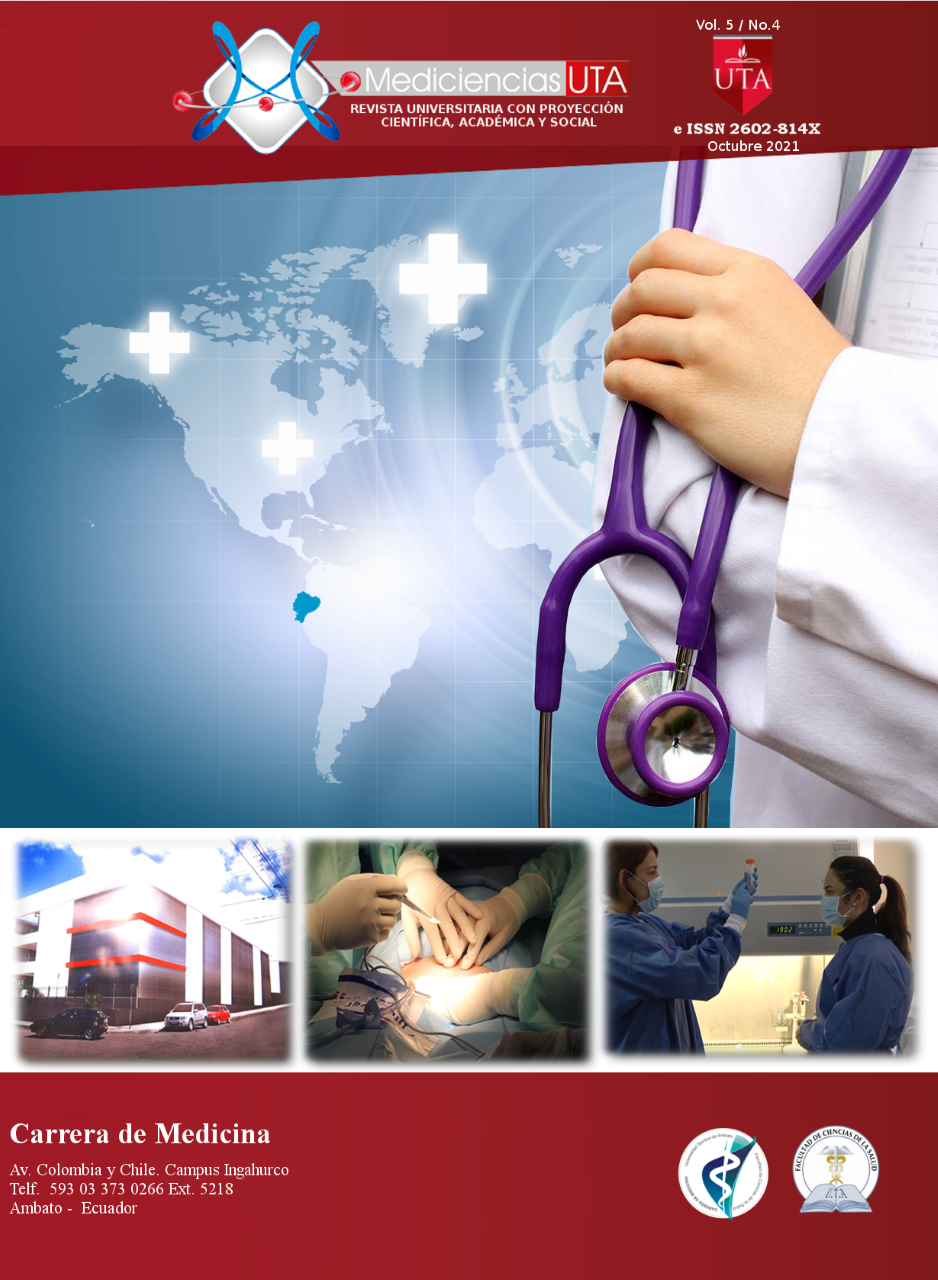The interaction of pathogens with the fibrinolytic system facilitates tissue invasion and the evasion of the immune response
Main Article Content
Abstract
The correct performance of the mammal fibrinolytic system is basic for the homeostasis, their compounds expression and operation is highly controlled because of it. The essential function o the fibriniolytic system is the regulation and control of the fibrin clot to reestablish blood flow, however his intervention in inflammation, cellular migration, metaloproteases activation among others is of relevance in human physiology. The high amount of the proteins of the fibrinolytic system in blood and other body fluids increases the probability of their interaction with bacteria and pathogens. Virus, bacteria, parasites adhere plasminogen and plasmin, this phenomena confers microorganisms with new characteristics, focused principally in immune response evasion and migration across the tissues.
Materials and methods: This review is defined as a qualitative, documentary, exploratory and descriptive research. The documental scientific papers research was made in PubMed at National Center for Biotechnology Information, the scientific publications included are those who describe the phenomena of the interaction studied at this work.
Results: Fibrinolytic interaction with pathogens confers the microorganisms with new characteristics that favor immune response evasion, and migration to new tissue locations, the comprehension of this events are a scientific field on expansion.
Conclusions: The fibrinolytic system compounds interaction with pathogens confers the microorganisms with a diversity of advantages during infection; those are principally immune response molecules break down, and tissue invasion.



